y = 2x + 2
y = x − 1
(-3, -4)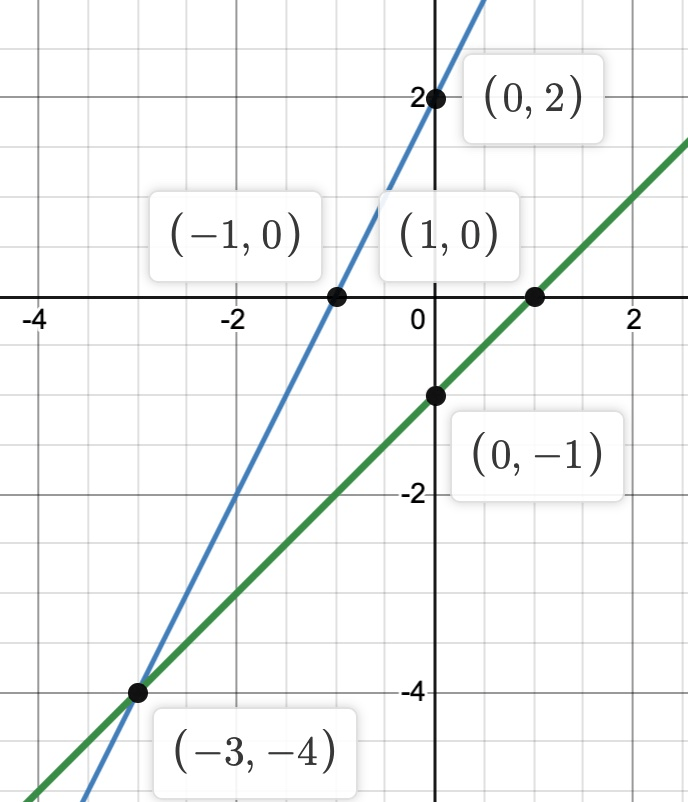
y = 2
3x + 2y = 10
(2, 2)
x + 3y = 5
2x − 3y = −8
(−1, 2)
What does a dotted line mean when graphing linear inequalities?
> or <
Consists of two or more linear equations
System of linear equations (linear system)
American Idol
Challenge someone to a sing off. The person who sings [NO RAPPING] the best wins [the other teams will decide the winner]
y = 2x + 4
y = 3x + 2
(2, 8)
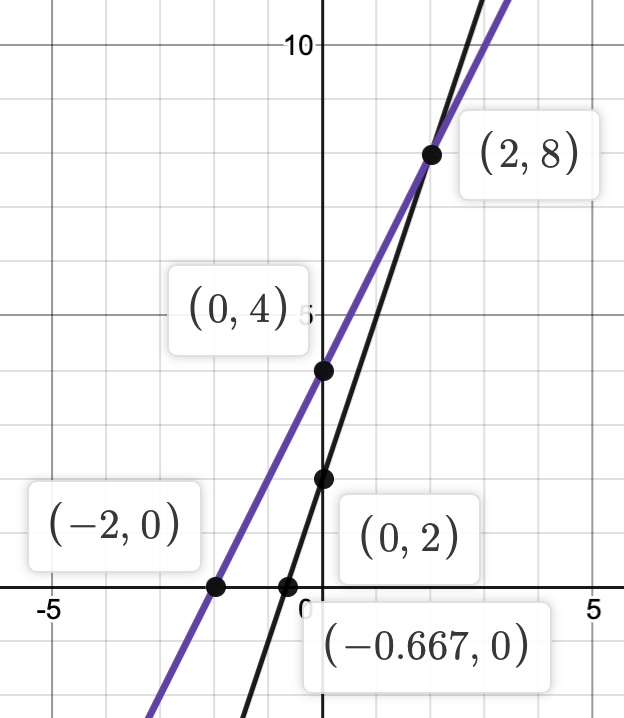
x = −3y + 2
−x + 2y = 3
(−1, 1)
−5y + 8x = −18
5y + 2x = 58
(4, 10)
How is graphing systems of inequalities different than graphing systems of equations? In other words, how do you graph a system of inequalities? (2 things)
Sometimes they use dotted lines and you have to shade for inequalities.
The method of solving equations where you add or subtract equations to end up with one variable.
Elimination or Addition Method
On The Mic
You must rap any song for 25 seconds without forgetting any lyrics. If you have to think about the next lyric, you don't get the points. You are only allowed to pause if there is a curse. No points if you say a curse word
x = 3
y = 2x + 1
(3, 7)
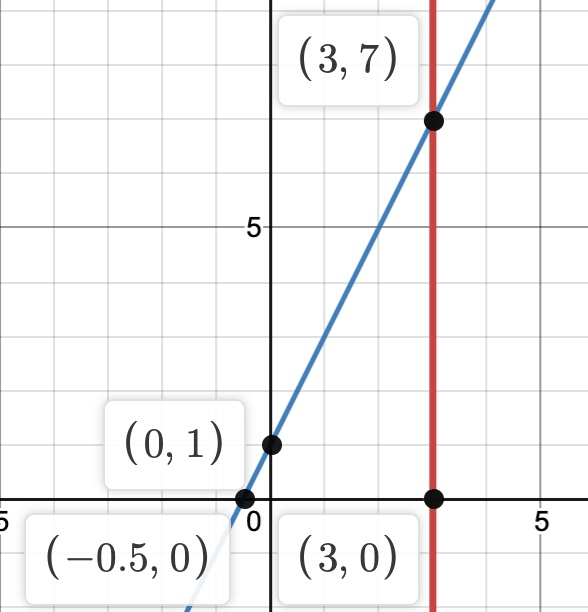
x − 2y = −10
3x = y
(2, 6)
3y − 5x = −26
−2y − 5x = −16
(4, −2)
How do you know where the solutions lie on a graph when solving systems of inequalities?
The solutions are where the shaded regions overlap.
How can you tell if a linear system has infinitely many solutions?
The equations are the same, the graphed lines lie on top of one another, or solving the system provides a true statement with no variables.
Dancing With The Stars
Challenge anyone to a dance battle [no music]. You must dance for at least 20 seconds. The other teams will decide who won
4x + 2y = 8
2x + y = 4
Every point on 2x+y=4 is a solution.

2x – 3y = –2
y = −4x + 24
(5, 4)
3x − 4y = 8
18x − 5y = 10
(0, -2)
y ≤ x − 2
y > −3x + 5
Shaded below the first line and to the right of the second line.
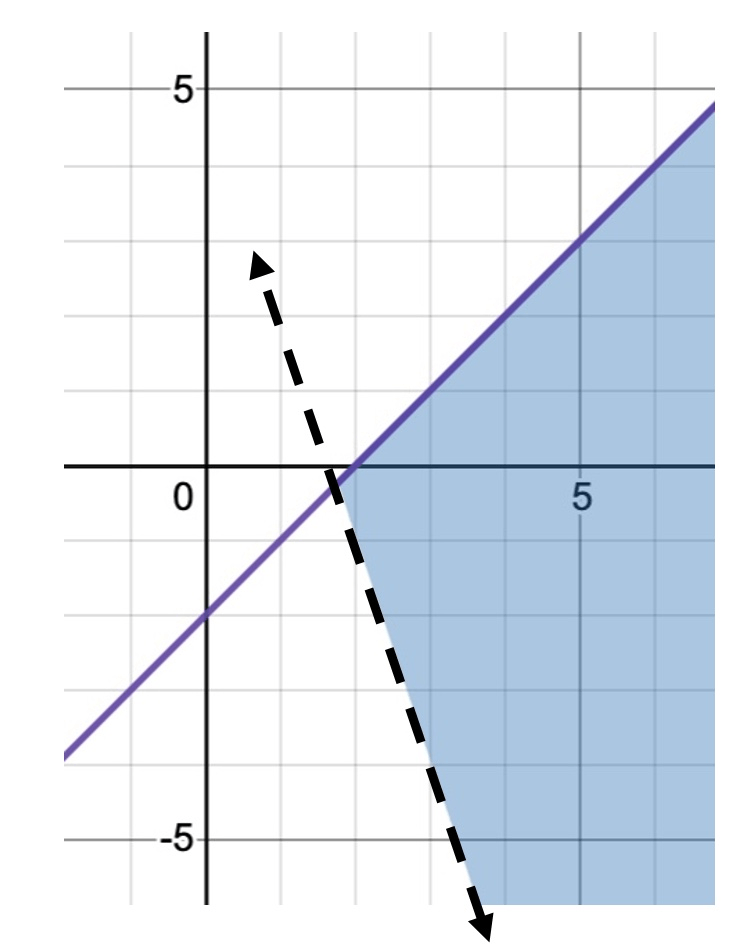
When will a system of linear inequalities have no solution?
The inequalities are parallel meaning they have the same slope but different y-intercepts and shaded away from each other. Meaning, the shading doesn't overlap
AND ONE
Ball up a piece of paper and shoot it in the garbage can. You only get one try. If both teams make it into the BLUE garbage can, both teams get the point. You get one practice round.
y = 1/2 x + 2
y = 1/4 x + 4
(8, 6)

5x − 13 = y
−5x + y = 24
no solution
4x−9y = 2
12x−5y = −38
(-4, -2)
2x – 3y < 12
x + 5y < 20
Shade above the first line and below the second line.
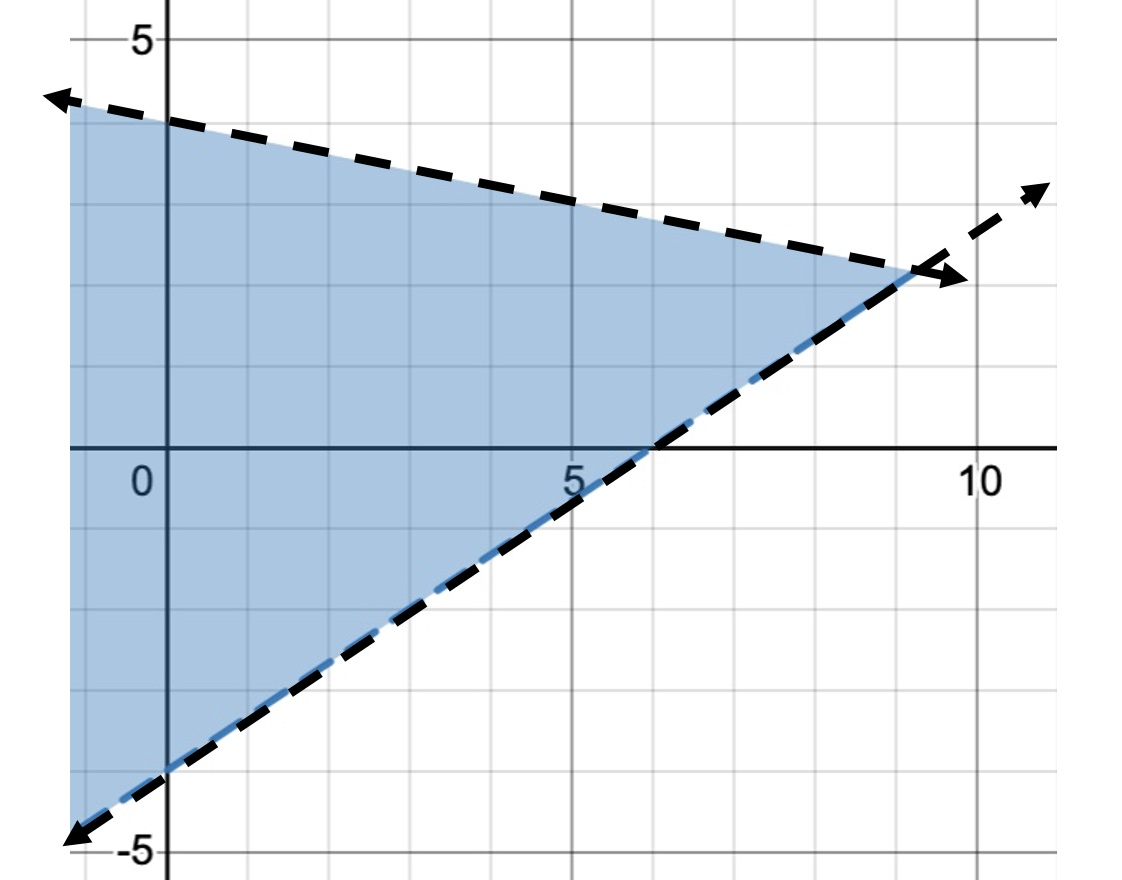
How does the graphing method for solving a system of linear equations work?
Graph the two lines. The solution is the point(s) of intersection.
HOPS
Choose someone from another team. You must both jump. The person who jumps the highest wins. You MUST choose someone no more than about 2 inches shorter than you. One representative from each of the other teams will judge